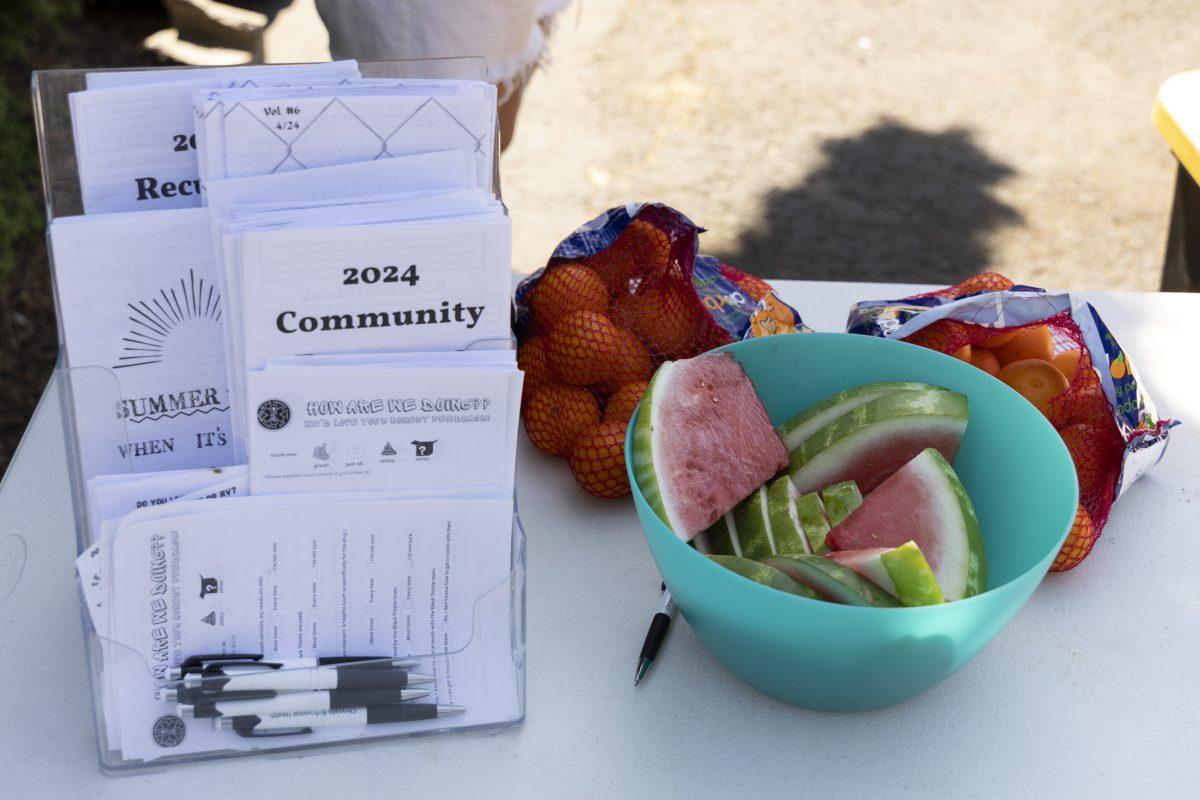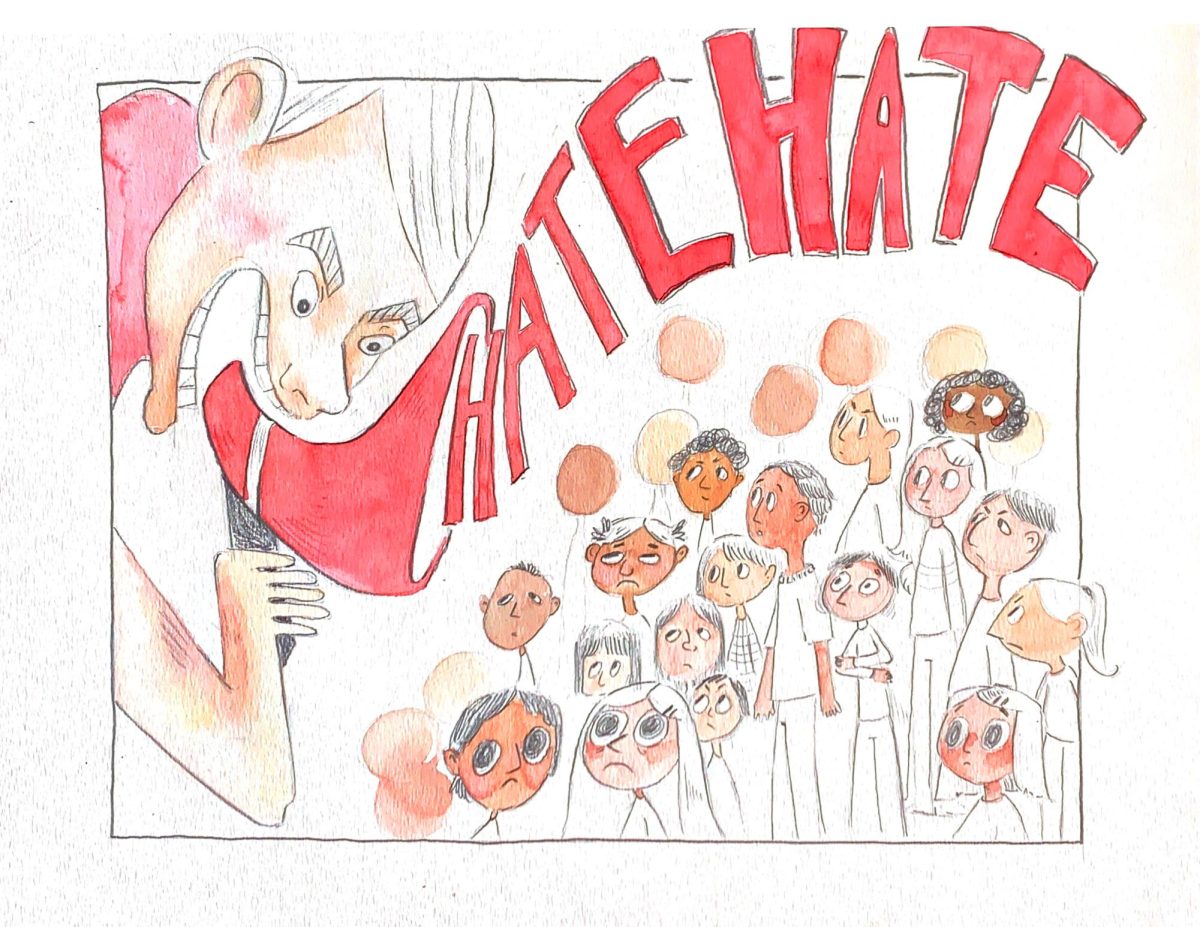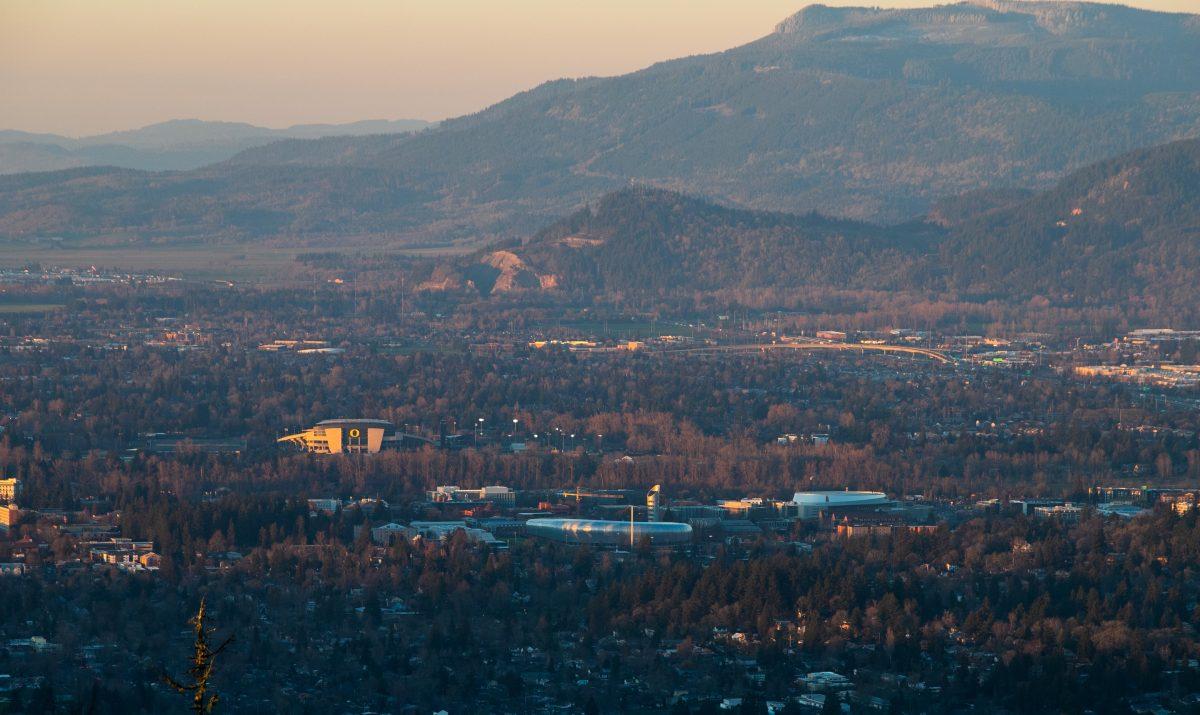There’s no denying that climate change is the cause of heat waves in Oregon. In recent years, the Pacific Northwest has reached extreme temperatures in the summer months. Yet, it wasn’t always like this.
The 2021 “heat dome” was a prime example, with temperatures soaring up to 118 degrees Fahrenheit. An estimated 1,200 people were killed in Oregon, Washington and British Columbia because of the heat. The 27-day-long event would’ve ended sooner if it hadn’t been for pollution and climate change.
Due to the drastic change, Oregon is still not up to date with supporting citizens in the heat waves. Air conditioning is not a common amenity in a typical Oregonian household.
The most vulnerable group is the houseless community. With a lack of shelter, houseless people are at a high risk of heat exhaustion, dehydration and heat stroke.
“The houseless community is a prime example of the unfairness of climate change,” Jack Dodson, a member of the University of Oregon Climate Justice League group, said. “They already have fewer resources, so when there is something big like a heat wave, it only harms them more.”
To aid houseless members during the summer months, Oregon counties offer cooling centers and more bed spaces in shelters. Some shelters even offer air conditioning.
Daniel Meyers is a Eugene local and has been houseless for the past six years. He’s been moving around different shelters in Lane County. He started staying at the Navigation Center in Eugene in the past month.
“It does alright because we have air conditioning. The services here look out for everyone particularly well; that’s just a given,” Meyers said. “The staff genuinely care about people individually.”
Meyers has been on the path to sobriety through the shelter programs. His next goals are career building and personal housing. But, some things are completely out of his control, such as access to safety and protection.
Before moving to the Navigation Center, an indoor facility, Meyers was staying at Dusk to Dawn. This shelter is a more outdoor setup with tents. Unlike Navigation, Dusk to Dawn doesn’t provide air conditioning.
Richard McCarthy is the manager of Dusk to Dawn. In response to the heat waves, the shelter provides fans, sprinkler systems and misters,yet the insides of the tents are undeniably hot. Heat exhaustion is an ongoing issue McCarthy and his team try to avoid.
“A problem we have is getting the funds and donations for bottled water. We do the best we can to keep them cool and hydrated[…] Probably the biggest factor is keeping them in the shade,” McCarthy said.
In the past few summers, Meyers didn’t always utilize the cooling centers. Sometimes the best option was jumping into the river.
No matter how many fans or A/C units the city provides, the houseless community is at a disadvantage. Their health is threatened. Cooling centers are only a temporary solution.
It’s time Oregon starts looking at long-term strategies. Whether it’s passing new legislative plans or developing greater opportunities, action must be taken. The houseless crisis and global warming aren’t going away overnight.
In the meantime, the houseless community bands together in times like this. Meyers said they always look out for one another, whether it’s a heat or cold wave.
“Say if you were to become houseless tomorrow. The first person you meet would be more than welcome to give you a place to sleep, clothes to wear on your back and food in your stomach, immediately. And that’s just the atmosphere,” Meyers said.









